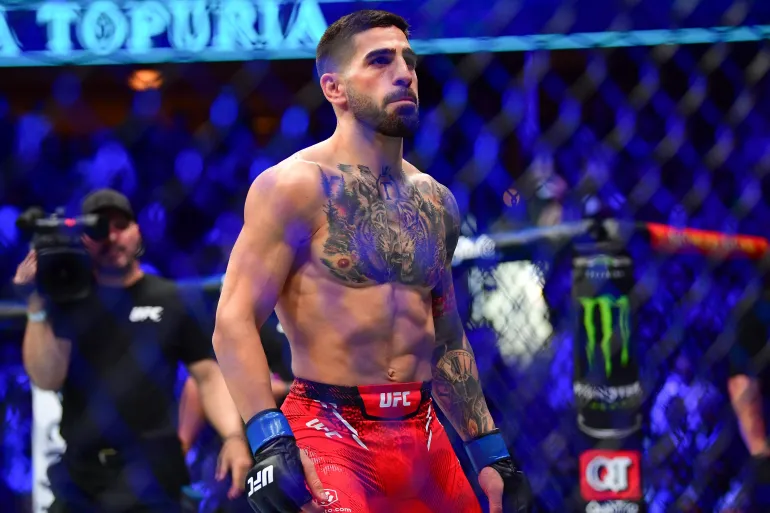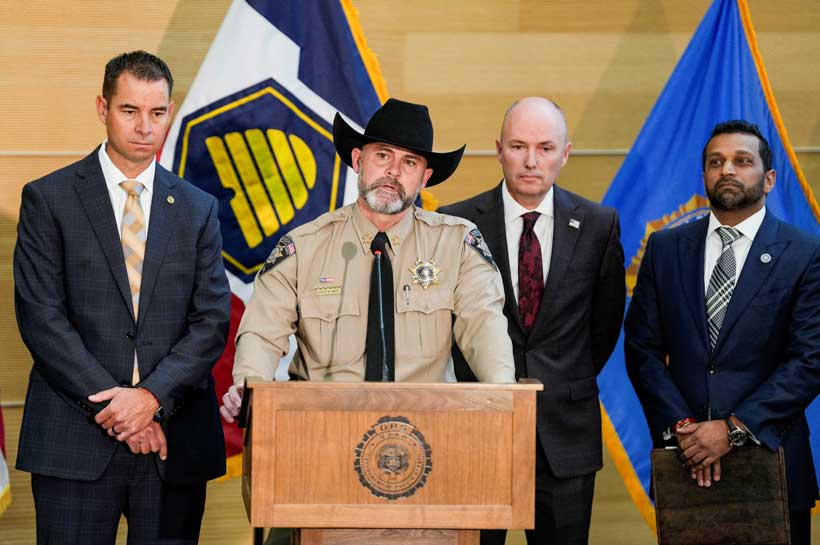I want to make films on domestic violence that ‘save lives’
Annabel RackhamCulture reporter
 Lionsgate
LionsgateSydney Sweeney wants to make films that will “impact and hopefully save people’s lives”, she has told the BBC.
The 28-year-old US actor has this year appeared in psychological thriller The Housemaid and boxing biopic Christy, which both address issues around domestic violence.
Sweeney calls the topic “prevalent” and says she takes a “lot of care” when playing these types of roles.
“Being able to have a film that’s on a more commercial level talk about a very difficult topic is important,” she adds.
 Lionsgate
LionsgateSweeney is currently starring as Millie Calloway in The Housemaid, which is based on the 2022 novel of the same name by Freida McFadden.
The novel is an international bestseller and has generated a large following, especially among the reading community on TikTok.
Sweeney says she is “a huge fan of the book” and that she “loved all the characters”.
“I love complex, juicy, crazy, twisted stories. This is a dream project,” she adds.
The film also features Amanda Seyfried and Brandon Sklenar, as Nina and Andrew Winchester, who employ Sweeney’s character in their home.
Seyfried and Sweeney were chosen to play the two female leads in The Housemaid because of their physical resemblances, but Seyfried says the similarities do not end there.
“There’s a similarity between us that is uncanny, and it’s really fun to work with people [who] are doing life in a similar way, have similar ideals about the job and life,” she tells the BBC.
Sweeney also says the pair have developed a “dynamic” where they “can enjoy being around” each other – and their relationship means they can “go to these crazy places and discover so much more within your character”.
 Lionsgate
Lionsgate‘Getting the tone right’
Seyfried’s character Nina grapples with complex mental health issues throughout the film, which at times make it a difficult watch.
“You have to play it as realistic as possible because it needs to reflect real life,” she says.
The Housemaid has been compared to domestic thrillers of the 1990s, like The Hand That Rocks the Cradle, Fatal Attraction and Basic Instinct. But it has a markedly modern twist with the physical and mental abuse plot lines in the film.
Seyfried, who is known for her roles in Mamma Mia! and Mean Girls, believes the cast “nailed getting the tone right” and hopes that despite the movie being entertainment, that people “come out with a better understanding of domestic violence” and “broaden their horizons”.
She adds that this is “especially” true for “people who haven’t thankfully had to deal with it”.
This is echoed by director Paul Feig, who admits he was “nervous” about handling the subject sensitively.
“I made sure there wasn’t any physical abuse, that it was more psychological abuse,” he says.
Domestic abuse in film has become a hot topic for Hollywood, sparked by the promotional tour for 2024 film It Ends With Us, which was criticised by some for packaging it as a romantic story rather than one of abuse.
Sklenar, who appears in both The Housemaid and It Ends With Us, says it is “challenging” to take on the role of an abuser.
He describes his characters – Andrew Winchester in The Housemaid and Atlas Corrigan in It Ends With Us – as “polar opposites”.
“When it comes to acting, you can try all you want, but ultimately sometimes it just affects you,” he says.
“It’s intense and it’s ultimately going to affect you in certain ways.”
 Lionsgate
LionsgateThe film has received mostly positive reviews, including four stars from the Guardian, which said Feig and his cast “deliver with terrific gusto; this is an innocent holiday treat”.
The reception will be welcome for Sweeney after being at the centre of much drama and discussion in 2025.
Her American Eagle jeans ads drew criticism for raising issues over race and beauty standards. Sweeney told People Magazine earlier this month she was “against hate and divisiveness” and had been surprised by reaction to the campaign.
And her career was under scrutiny after a string of box office flops – but The Housemaid opened with a healthy $19m (£14m) in North America last weekend.
That’s no surprise given that the original novel was a huge hit, selling more than 1.6 million copies worldwide.
Two sequels have also been published, meaning further film adaptations could be on the cards.
Feig, whose previous films include Bridesmaids and The Heat, believes novels will become an even more fertile source of material for Hollywood because “studios always want something that is a known quality” to “justify their ability to put a lot of money” into the project.
But he says he tries not to let books with a huge audience and fanbase dictate what projects he makes, because “there are plenty of books that are really popular that just don’t work as movies”.
Feig adds that it has been “fun” to work with Rebecca Sonnenshine’s adapted screenplay for The Housemaid, but that he has “restored” some parts of the book that “readers really would miss if they weren’t in there”.
There is also an “extra ending that’s not in the book”, he says, “so readers can get something new that they didn’t expect”.
The Housemaid is now showing in UK cinemas.




